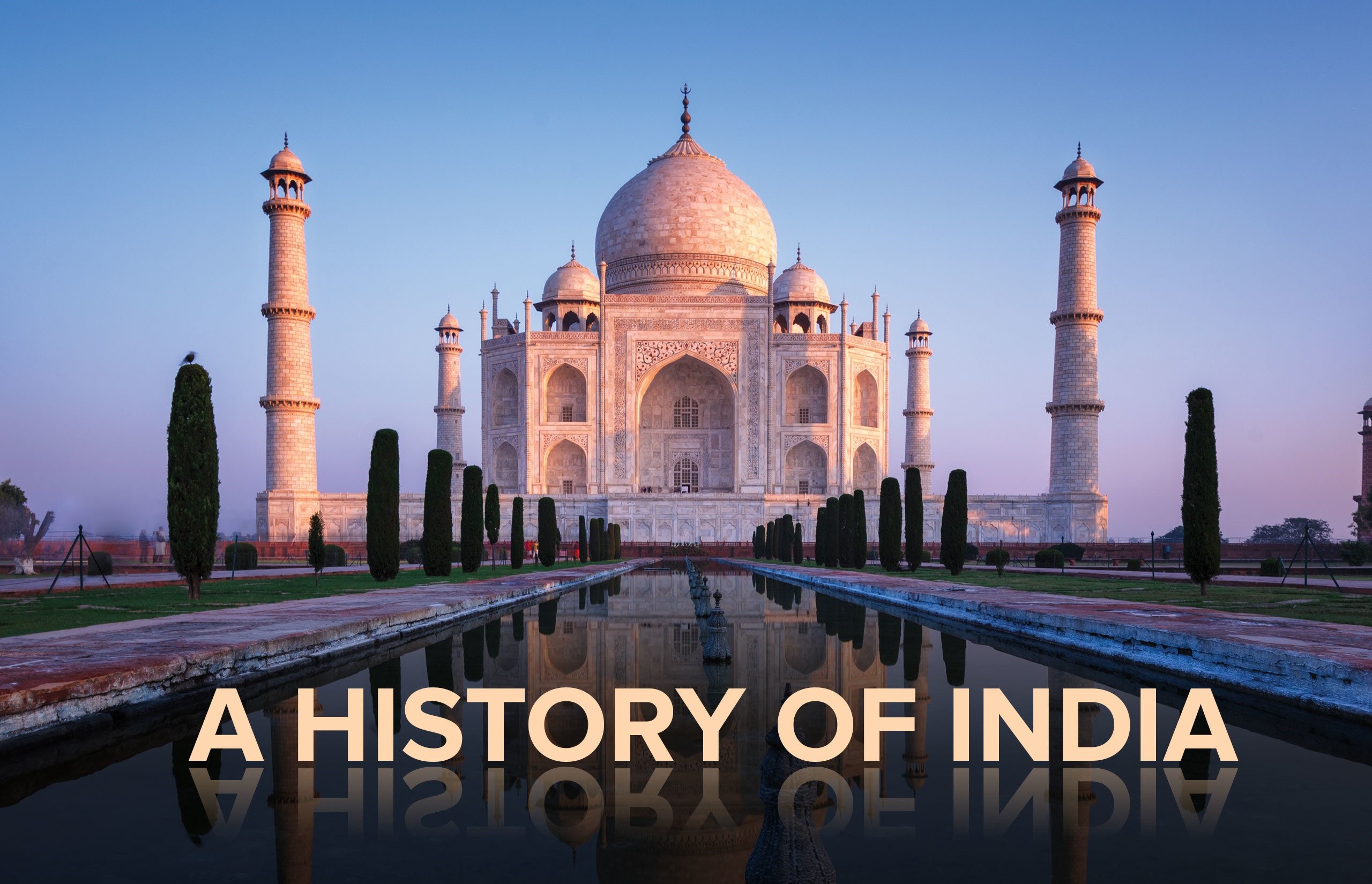Akbar
Akbar Period ( 1556 - 1605 )
» Akbar, the eldest son of Humayun, ascended the throne under the title Jalaluddin Muhammad Akbar Badshah Ghazi at the young age of 14 Kalanaur, Punjab and his tutor Bairam Khan was appointed as the regent.
» Second Battle of Panipat (5 Nov., 1556) was fought between Hemu (the Him General of Muhammad Adil Shah) and Bairam Khan (the regent of Akbar Hemu was defeated, captured and slain by Bairam Khan.
» This war ended the Mughal-Afghan contest for the throne of Delhi in favors of the Mughals and enabled Akbar to reoccupy Delhi and Agra.
» Akbar ended the regency of Bairam Khan in 1560 and at the age of 18 assumed the reigns of the kingdom.
» Akbar was under the influence of Maham Anga and Adham Khan junta from 1560 to 1562.
» In his bid to expand his empire he conquered various provincial statate.
» The Rajputa kingdom of Mewar put up a fierce defence under Rana Uday Singh (1537-72) and his son Rana Pratap (1572-97).
» Akbar tried to win over the Rajputas wherever possible and inducted Rajputa kings into Mughal service and treated them at par with Mughal nobility. By marrying Harakha Bai, daughter of Bharmal / Biharimal in 1562. Akbar displayed his secular policy with the Hindus. Most of the Rajputa Kings recognized the supremacy of Akbar except Rana Pratap Singh and his son Amar Singh ( Sisodiya Rajputas of Mewar, Capital - Chittor).
» The Battle of Haldighati (1576) was fought between Rana Pratap of Mewar and Mughal army led by Man Singh of Amer. Rana Pratap was defeated but he did not submit and continued the struggle.
» As a revolt against the orthodoxy and bigotry of religious priests, Akbar proclaimed a new religion, Din-i-Ilahi, in 1581. The new religion was based on a synthesis of values taken from several religions like Hinduism, Islam, Jainism and Christianity. It did not recognize the prophet, Birbal was the only Hindu who followed this new religion. Din-i-Ilahi, however, did not become popular.
» Akbar built Fatehpur Sikri, Agra Fort, Lahore Fort and Allahabad Fort and Humayun's Tomb at Delhi. Fatehpur Sikri, place near Agra. It is said that Akbar had no son for a long time. Sheikh Salim Chisti, a Sufi saint blessed Akbar with a son who was named Salim / Sheikho Baba (Jahangir). In honour of Salim Chisti, Akbar shifted his court from Agra to Fatehpur Sikri.
» He was patron of the art and in his court many persons flourished.
Navaratna i.e. nine jewels of Akbar :
1. Birbal (administrator)
2. Abul Fazl (scholar and statesman)
3. Faizi (scholar and statesman, brother of Abul Fazl)
4. Todarmal (Finance Minister, Dahsala Bandobast/Jabti)
5. Bhagwandas (Mansabdar, son of Bharmal)
6. Man Singh (Mansabdar, Grandson of Bharmal)
7. Tansen (Musician)
8. Abdur Rahim Khanekhana (Statesman, Hindi poet)
9. Mu11a Do Pyaja
» Tulsidas ('Ramcharitamanas') also lived during Akbar s period.
» When Akbar died, he was buried at Sikandara near Agra.
» Akbar is considered 'the real founder of the Mughal empire in India.
» He was the first Mughal ruler who divorced religion from politics.
» Birbal was killed in the battle with Yusufzai Tribe (1586).
» Abul Fazl was murdered by Bir Singh Bundela (1601).
» Akbar gave Mughal India one official language (Persian).
